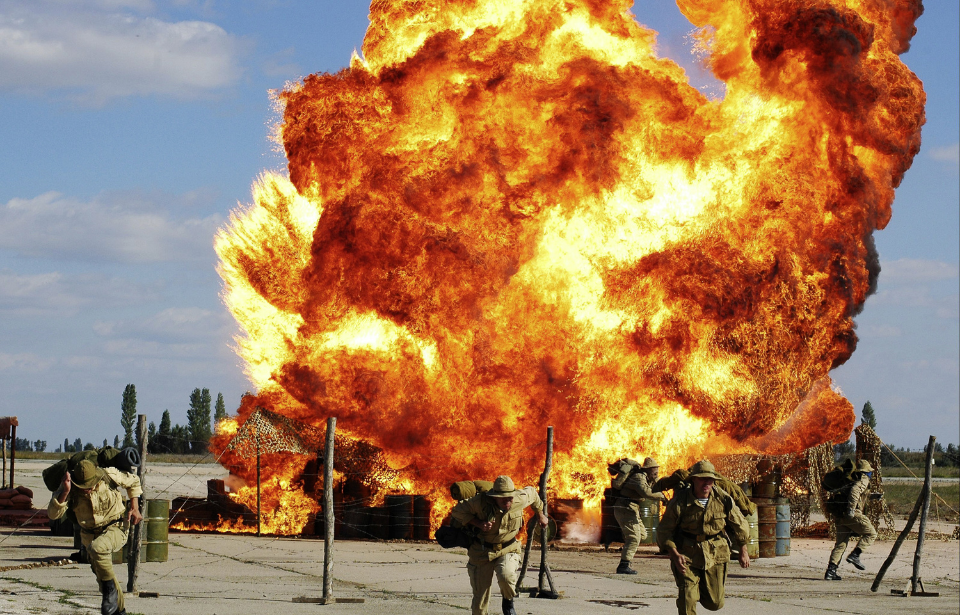On January 7, 1988, 39 men from 9th Company, 345th Independent Guards Airborne Regiment, Soviet Airborne Troops landed on the peak of Hill 3234, along the Pakistan-Afghanistan border. Charged with securing a stronghold on the hilltop, they faced an onslaught of gunshots and rocket-propelled grenades (RPGs) from 250 rebels and hundreds of special forces fighters, signalling a full-fledged ambush.
The Battle for Hill 3234 is one of the most well-known battles of the Soviet-Afghan War. The conflict between the Soviet Union and an Afghan insurgent group known as the Mujahideen signaled the dissolution of the USSR and the end of the Cold War.
The Soviets invade Afghanistan
Prior to the start of the war, the Soviet Union supported a new communist regime that took hold of the Afghan government in April 1978. The new government, known as the Democratic Republic of Afghanistan (DRA), threatened to overthrow the country’s rich Islamic cultures, traditions and laws.
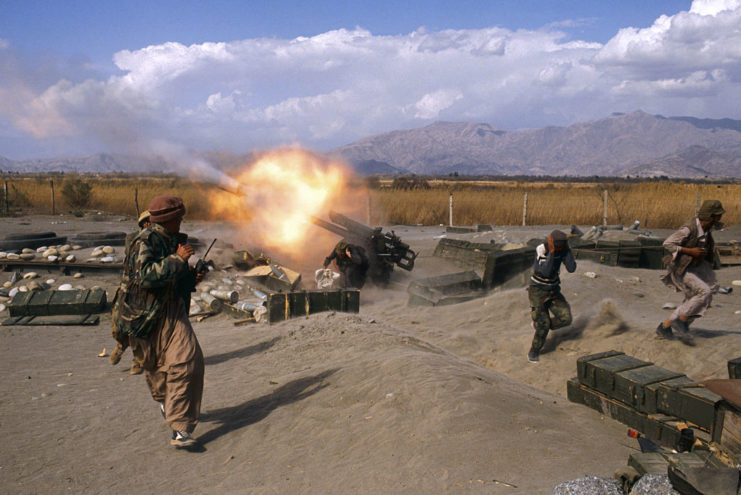
Tensions came to a head when communist revolutionary Hafizullah Amin had the Afghan president killed and took control of the country’s government. When the USSR heard Amin was possibly talking to the United States, they ordered his death. This led to the Soviet invasion of Afghanistan on Christmas Eve of 1979.
Meanwhile, rebels began to assemble, with the aim of taking action against the DRA. Calling themselves the Mujahideen – Muslims who struggle for the sake of Islam (also called Jihad) – the rebels became a symbol of resistance against communism in neighboring Islamic countries and the US.
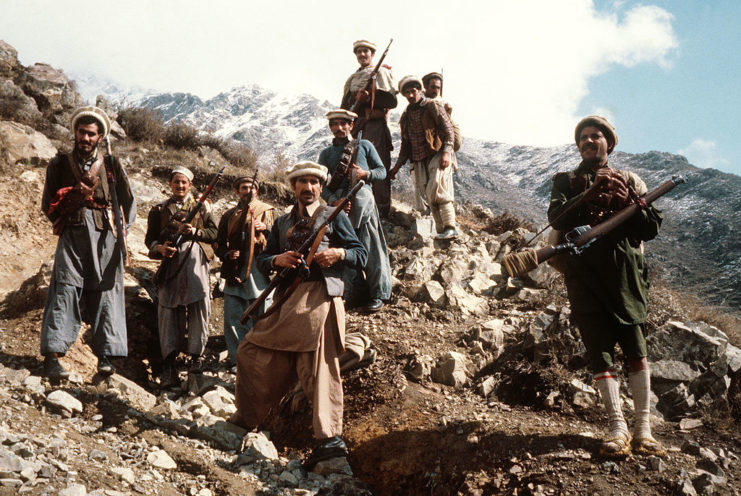
The war between the DRA and the Mujahideen would continue for nearly a decade. The US, Saudi Arabia and Pakistan all contributed weapons, munitions, training and supplies to the group throughout the war, which would become an issue for American forces 20 years later, when they themselves launched a war in Afghanistan.
Preparing for Operation Magistral
Leading up to the Battle for Hill 3234, Soviet troops had been trying to clear a Mujahideen-controlled road into the city of Khost, along the Pakistan border. The road into Khost, known as the Satukandav Pass, had been closed off for months and was the only land route into the city. Through this, the Mujahideen had effectively stopped the Soviet advance in the region and forced the soldiers to resupply by air.
The Soviet 40th Army launched Operation Magistral in November 1987 to gain control of the road into Khost, after talks with the Mujahideen failed. The operation involved a number of Soviet units, including the 56th Separate Air Assault Brigade, the 108th and 201st Motor Rifle Divisions, the 345th Independent Guards Airborne Regiment, and the 103rd Guards Airborne Division. They were supported by an Afghani tank division and five infantry divisions.
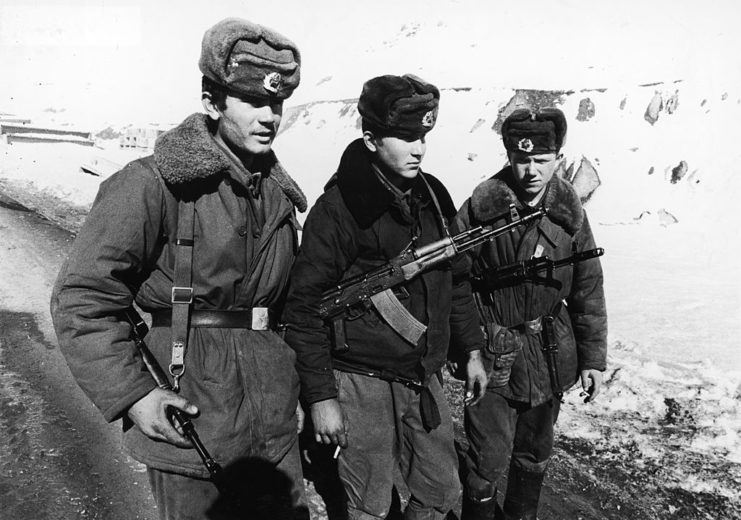
Before sending convoys into the area, the Soviet Army launched mannequins and dummies dressed as paratroopers, hoping the Mujahideen would give away their locations when they tried to shoot them down. The decoys worked. Now that the Soviets knew where their enemies were hiding, they could create a plan of attack.
January 1988: The Battle for Hill 3234 begins
Standing between the Soviets and the city of Khost were several Mujahideen fortifications, including anti-aircraft weaponry, RPGs, 10 BM-21 rocket launchers, DShK heavy machine guns, recoilless guns and a three-kilometer deep minefield.
One of the most important points along the Satukandav Pass was a nameless hill that was 3,234 meters high. It was nicknamed “Hill 3234” and assigned to the Soviet 9th Company, a skilled group of 39 soldiers with experience fighting in desert conditions.
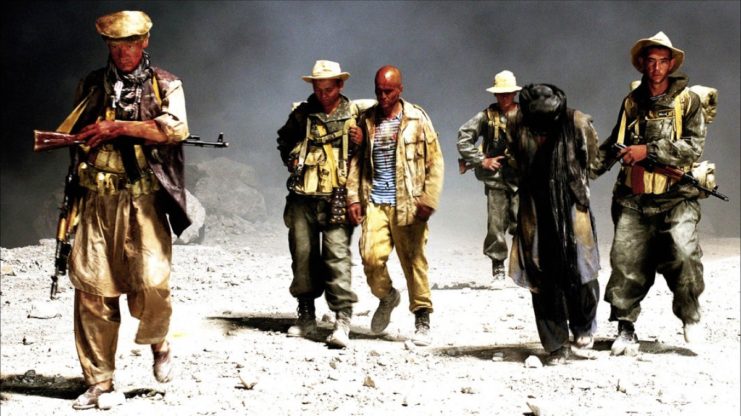
Just as the company settled into their places, 250 Mujahideen and hundreds more Pakistani special forces fighters attacked from two directions. The Soviet troops eventually found their footing and returned fire, inflicting many casualties and causing the Mujahideen to retreat. Exhausted, wounded and nearly out of ammunition, the 9th Company continued to hold Hill 3234 until the final convoy of Soviet troops passed into Khost.
Of the 39 men in the company, six died and 28 were injured, nine seriously. The Mujahideen reported 200 casualties. Following the battle, the Soviet Army held Khost until their withdrawal at the end of the war. As soon as the Soviets left Khost, the Mujahideen once again moved in and regained control of the Satukandav Pass.
The Legacy of Hill 3234
The battle was a memorable victory for the Soviet forces in Afghanistan. The paratroopers who fought against the Mujahideen were awarded the Order of the Red Star and Order of the Red Banner, and two soldiers killed in the fighting – Pvt. Andrey Alexandrovich Melnikov and Junior Sgt. Vyacheslav Alexandrovich Alexandrov – were posthumously awarded with the Gold Star of the Hero of the Soviet Union.
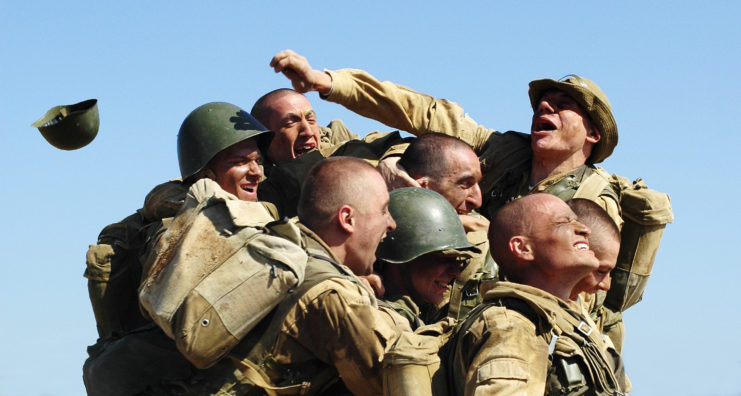
More from us: Junkers Ju 87Bs Utilized Psychological Warfare Against Allied Ground Troops
The heroic efforts of the 9th Company were loosely memorialized in the 2005 Russian film named for them. While it received mixed reviews from veterans of the war, who pointed out a number of inaccuracies, it did well at the box office.
